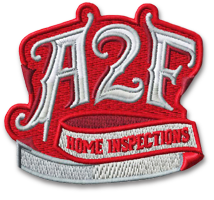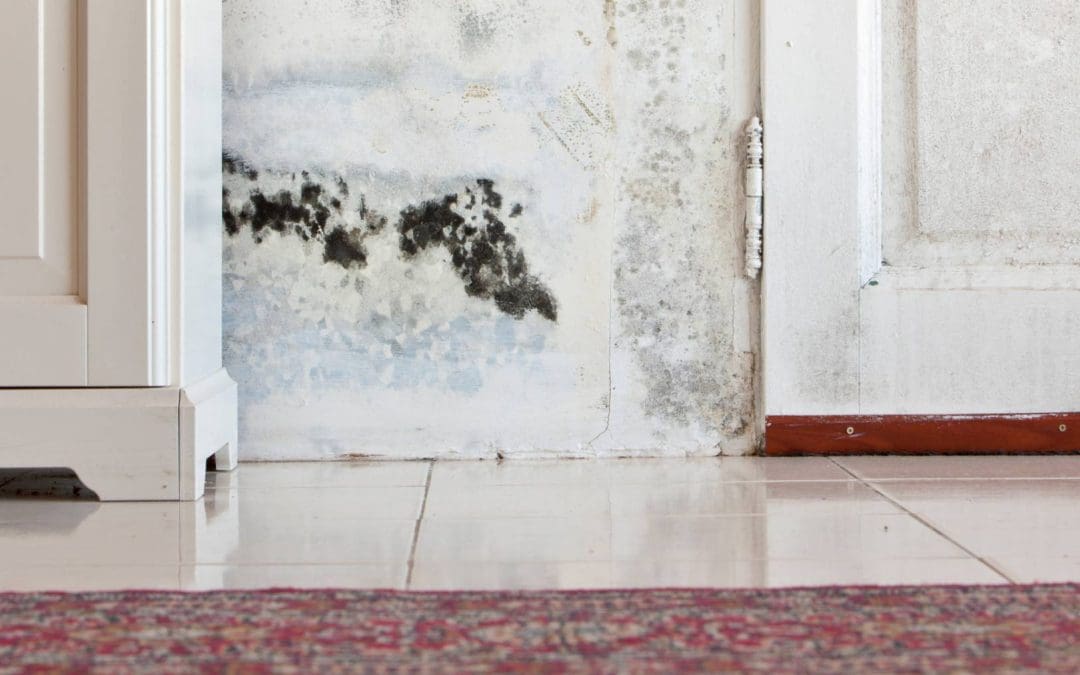Mold allergies are pretty common, but not everyone realizes how much mold can affect their health. Mold is everywhere; it grows in damp places like basements, bathrooms, or around leaks. The problem is that mold releases tiny spores into the air that some people’s bodies react to with allergy symptoms. If you’re dealing with constant sneezing, itchy eyes, or congestion and can’t figure out why, mold might be to blame. Knowing the basics about mold allergies and what you can do about it will help you breathe easier and feel better at home.
How Do Mold Allergies Happen?
When mold spores float through the air, and you breathe them in, your immune system might see them as a threat. This isn’t a big deal for most people, but if you have a mold allergy, your body overreacts and causes symptoms like sneezing or coughing. Mold likes to grow where there’s moisture, in places like bathrooms without good ventilation, in basements that get damp, or in any spot with a leak. Spores get into your house on the wind, through open windows, or even stuck on your clothes and shoes.
Signs You Might Have Mold Allergies
If you keep getting allergy symptoms, and they seem to flare up in certain rooms or when it’s humid outside, mold could be the cause. Watch out for sneezing, a runny or stuffy nose, itchy eyes, coughing, or wheezing. Sometimes it feels just like a cold or regular allergies, but if it keeps happening or gets worse indoors, it’s time to look for mold.
Where Mold Likes to Hide
How to Keep Mold Out
The best way to avoid mold allergies is to keep your home dry. Fix leaks immediately, use fans or dehumidifiers in damp rooms, and open windows for fresh air. Try to keep humidity levels below 50 percent. Clean up spills quickly and don’t leave wet towels or clothes lying around. If you spot small mold patches, clean them with soap and water. For bigger problems, especially inside walls or vents, it’s best to get experts involved.
Managing Mold Allergies
If mold allergies are messing with your health, don’t ignore it. Talk to your doctor about treatments that can help with symptoms, like antihistamines or nasal sprays. But remember, medicine alone won’t fix the problem if you’re still breathing in mold spores daily. Keeping your home mold-free is just as important as treating your symptoms. Understanding how mold affects you and taking simple steps to control it can make a big difference. Whether your symptoms are mild or serious, staying on top of mold in your home will help you feel better and keep your family safe. Mold allergies aren’t something to brush off, but with a little effort, they’re definitely manageable.
FAQs
How can I tell if mold is causing my allergies?
If your symptoms worsen indoors, especially in damp areas or after rain, mold might be the cause. A doctor can perform tests to confirm.
Can mold allergies make asthma worse?
Yes. Mold can trigger asthma attacks and make breathing harder, so it’s essential to avoid mold if you have asthma.
What’s the easiest way to get rid of mold?
Fix leaks, keep things dry, clean small patches with soap and water, and improve airflow. For big problems, call a pro.
Is mold only a problem inside?
No. Mold grows outside, too, in piles of leaves or damp soil. If you’re sensitive, try to avoid those areas.
Will mold allergies ever go away?
Sometimes symptoms get better, but many people stay sensitive for life. Avoiding mold and treating symptoms is key.
Attic to Foundation Home Inspections provides home inspections to the greater Atlanta area. Contact us to request our services.

